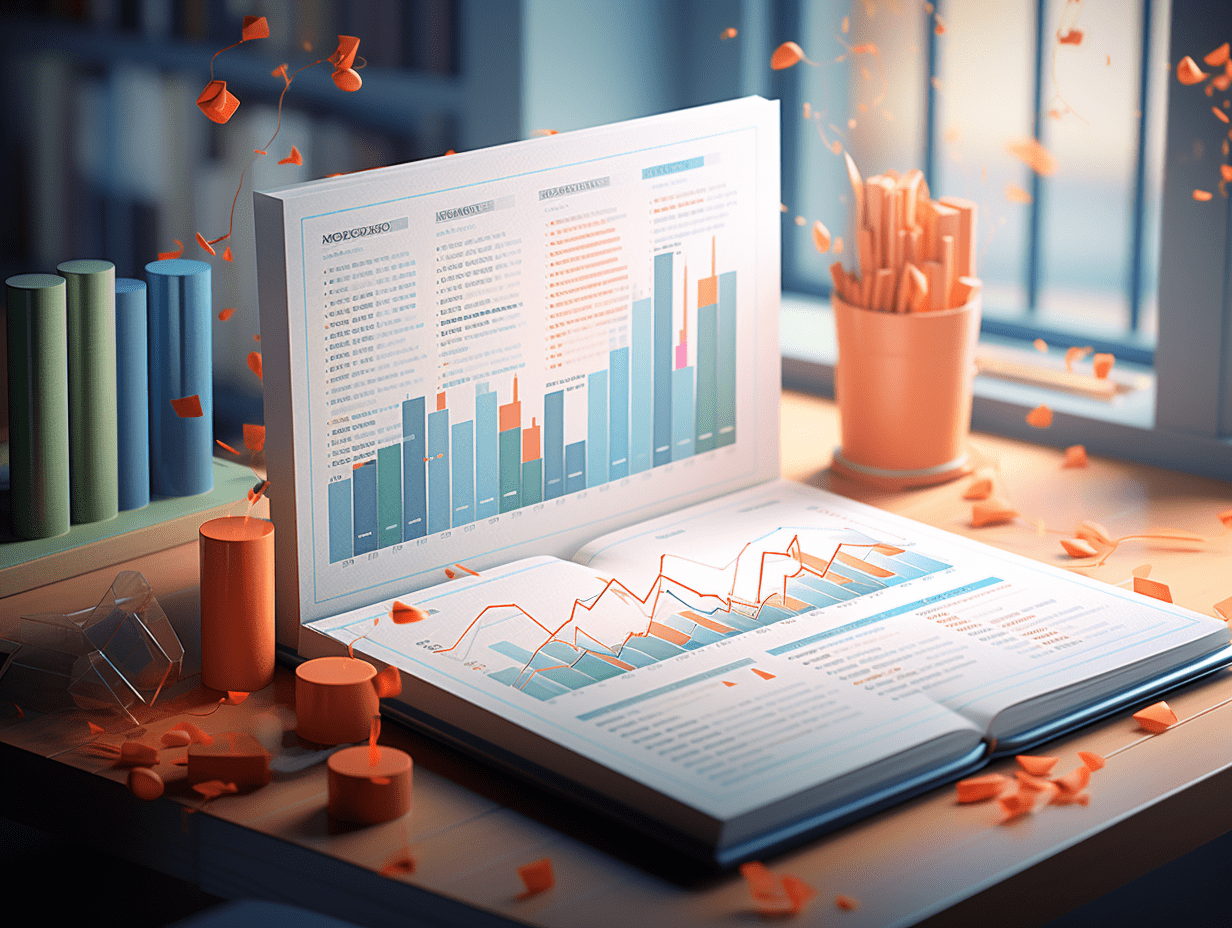The US government shutdown is also leading to a "shutdown crisis" in inflation data, with fears that the accuracy of October CPI could be compromised.
If the US government shutdown continues, one of the country's most important inflation statistics may not only be unable to be released, but its data quality will also be eroded.
If the US government shutdown continues, not only may one of the country's most important inflation statistics not be published, but the quality of the data will also be eroded. Policymakers, economists, and investors have begun to worry that the October Consumer Price Index (CPI), scheduled to be released next month, will be affected by the government shutdown. Although the Bureau of Labor Statistics (BLS) received special permission to recall some employees to compile the September CPI data, since the government shutdown on October 1st, the agency has been unable to collect any new price information.
"From now on, data accuracy will decline," said Omar Sherif, president of Inflation Insights LLC, in an interview on October 9th, after more than a week of the government shutdown. "By the third week, the data quality will become very poor, or there may be no data at all."
Among all the official data that cannot be generated during the government shutdown, the CPI issue is particularly prominent because its price collection process requires a lot of manpower. The BLS needs to collect prices for about 80,000 goods and services nationwide, with most of the data collected through three on-site surveys each month, lasting 10 days each.
Personnel cuts during the Trump administration have made this work challenging - due to resource constraints, the BLS has suspended some CPI sample collection in recent months and is increasingly relying on a type of "data imputation" to fill the gaps.
"They cannot retroactively go back and collect past data, so they will rely more on imputation," said Erica Groshen, who served as the BLS commissioner during the 2013 government shutdown. She pointed out that staff may need to speed up their work progress or work overtime due to time constraints.
Michael Horrigan, who was responsible for the BLS inflation project during the same period, said the agency could adjust statistical category weights when specific prices are not collected. He said that if the shutdown continues and data cannot be collected at all this month, the agency will observe price changes over a longer time span.
He believes that this method, while not perfect, will result in relatively small differences when comparing prices between September and November compared to the normal September to October and October to November comparisons, unless there are significant price fluctuations during that time.
"Due to the delay in price collection caused by the shutdown, the prices collected on the day and compared to the previous month are still reflected," said Horrigan, now the head of the Upjohn Institute for Employment Research. "This is still a reasonable estimate of price changes."
Like other official reports during the shutdown, the September CPI report scheduled for mid-October release, even if all data was collected by September 30th, cannot be released on time. However, the BLS received orders to recall employees to sort out this data - this is to ensure that the Social Security Administration can determine the annual cost-of-living adjustment for next year's beneficiaries on time. The September CPI data is currently scheduled to be released on October 24th.
Although this data can be released before the end-of-the-month meeting of the Federal Reserve, Federal Reserve Chairman Jerome Powell said at a meeting on Tuesday that missing data during the shutdown (especially October data) may make the work of policy makers more challenging.
"If the shutdown continues for a long time," he said, "the situation may become more challenging."
Analysts Anna Wang and Alex Tanzi pointed out, "Changes in the timing of price collection and the possible reduction in the number of quotes could reduce the accuracy of the October CPI estimate, resulting in sampling errors that may persist until May 2026."
During the 2013 US government shutdown, the CPI report was delayed by two weeks. At that time, the BLS stated that the sample size for that report was only about 75% of the normal level.
Since then, the BLS has started to collect price information from more alternative channels unaffected by the shutdown, such as gasoline and car prices.
However, most price data still need to be obtained through on-site visits to physical stores. The BLS sends price collectors to stores, clinics, and other locations across the country every month to track the prices of samples of goods and services that consumers frequently purchase. This is different from other official surveys - in other surveys, businesses can usually directly submit data online.
The agency cannot always collect all planned price data. A decrease in the data collection rate (reflecting the proportion of available data actually collected) could further threaten data quality.
Morgan Stanley economists pointed out in a report on October 10th that regardless of the final outcome of the October CPI report, its impact may stretch to other data releases. Another inflation indicator compiled by the Bureau of Economic Analysis, which is also a preferred indicator of the Federal Reserve, uses CPI data as one of its input factors; and since some price data from the BLS is collected every other month, the November CPI may also be affected.
Economists generally caution against overinterpreting single data points, a point that is particularly important for any October report.
"Do not attach too much importance to any anomalies in the October data," said Citigroup economist Veronica Clark, "adopt a cautious attitude towards them."
Related Articles

The National Development and Reform Commission issued the "Regulations on Fair and Open Supervision of Oil and Gas Pipeline Facilities".

Traders taking big bets on the Fed making an "unconventional" 50 basis point rate cut, while SOFR options open interest surges.

Federal Reserve Beige Book: Overall little change in the US economy, employment stabilizing but inflation pressures still present
The National Development and Reform Commission issued the "Regulations on Fair and Open Supervision of Oil and Gas Pipeline Facilities".

Traders taking big bets on the Fed making an "unconventional" 50 basis point rate cut, while SOFR options open interest surges.

Federal Reserve Beige Book: Overall little change in the US economy, employment stabilizing but inflation pressures still present






